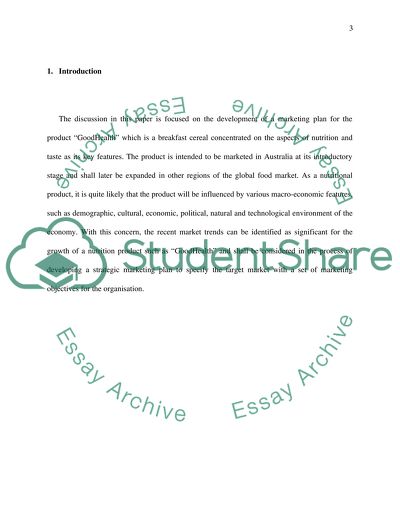Cite this document
(“MARKETING Assignment Example | Topics and Well Written Essays - 3000 words”, n.d.)
Retrieved from https://studentshare.org/other/1428483-marketing
Retrieved from https://studentshare.org/other/1428483-marketing
(MARKETING Assignment Example | Topics and Well Written Essays - 3000 Words)
https://studentshare.org/other/1428483-marketing.
https://studentshare.org/other/1428483-marketing.
“MARKETING Assignment Example | Topics and Well Written Essays - 3000 Words”, n.d. https://studentshare.org/other/1428483-marketing.


